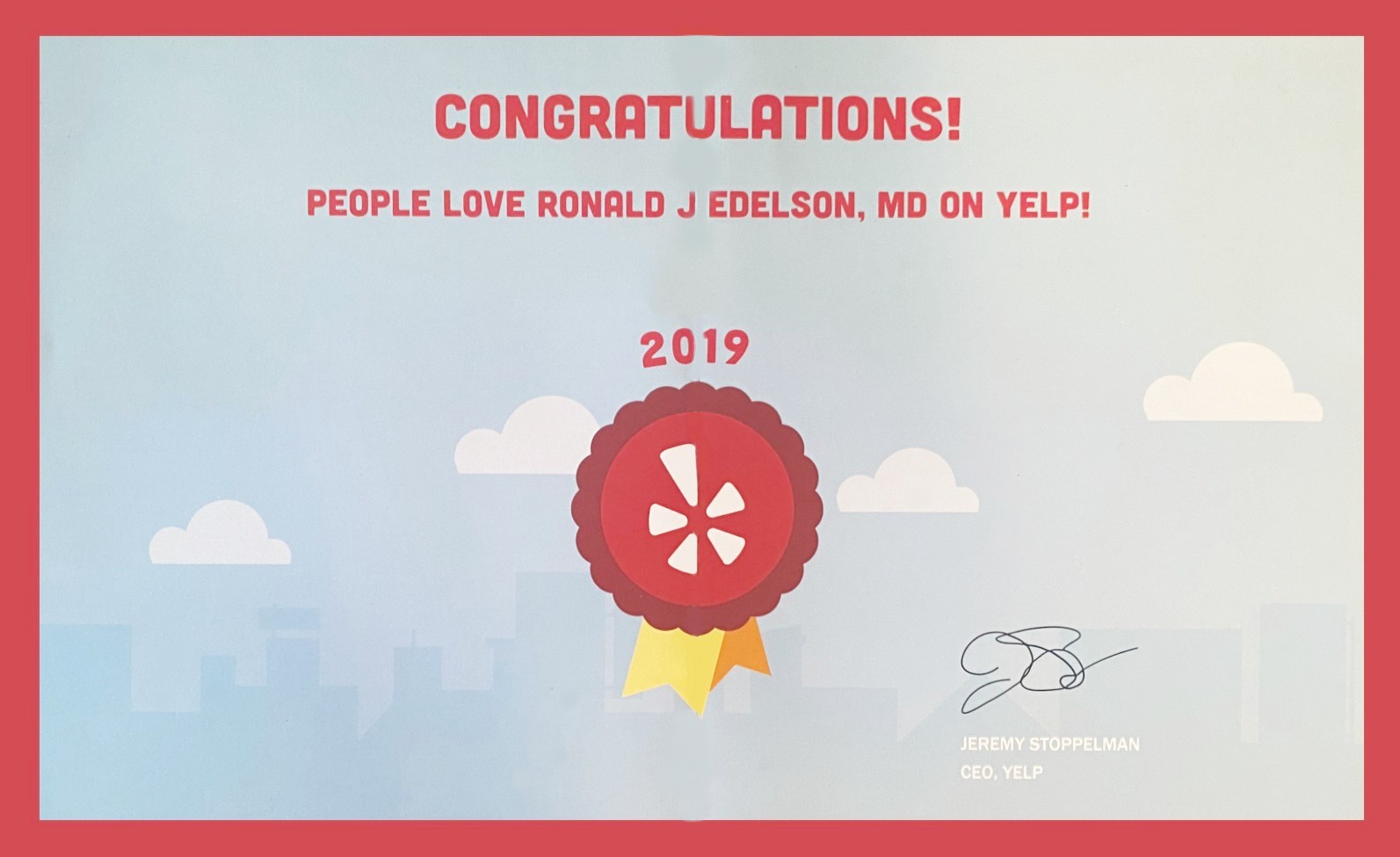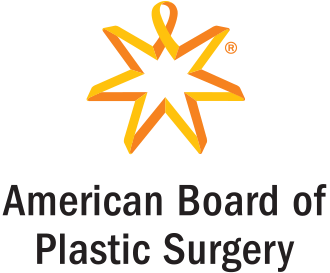Information about Rhinoplasty:
A nose surgery – also known as a rhinoplasty or a ‘nose job’ – is a procedure used to change the shape and proportion of the nose. It has gradually grown in popularity over the past few decades and in 2012 was the third most common cosmetic surgery among women in America. Many people pursue nose surgery in an effort to define or minimize certain characteristics, such as the nasal tip, the width of the bridge, nasal asymmetry, or humps and depressions visible along the nose profile. Most often, these traits are a result of genetics. However, some individuals require nose surgery to correct misshapen noses caused by injury or facial trauma. Additionally, some rhinoplasty patients undergo the procedure to correct structural abnormalities that may be an obstruction to breathing.
Did you know…
that unlike most other types of cosmetic procedures, the results of a nose surgery can take as long as a year or more to become fully refined? Immediately following the procedure, patients experience swelling that lasts several months. Even after swelling subsides, the cartilage will continue to evolve and take on a more permanent shape over time.
Frequently Asked Questions
Am I a candidate for rhinoplasty?
You may be a candidate for rhinoplasty if you are a non-smoker and in good physical health. Nose surgery is generally reserved for patients who are at least 13 years of age with fully developed facial features. You’ll need to consult with your nose surgeon to determine whether the procedure is right for you.
What should I expect during a nose surgery?
Rhinoplasty is performed under general anesthesia, so it will be important to avoid eating and drinking on the day of your procedure. Your surgeon will make an incision on the inside of your nose or on the outside of your nose between your nostrils. From that incision, steps will be taken to either reduce the underlying nose structure or otherwise augment it.
Will I need to follow any post-operative instructions after my nose surgery?
When you awaken, your nose will be bandaged and in a splint to facilitate healing. Your surgeon may provide specific instructions to avoid certain activities in the weeks following your procedure. You may also be prescribed medications to help with pain, swelling or to prevent infection. The swelling surrounding your nose will subside after a few weeks although it will take many months for the contour of your nose to takes its final shape.



